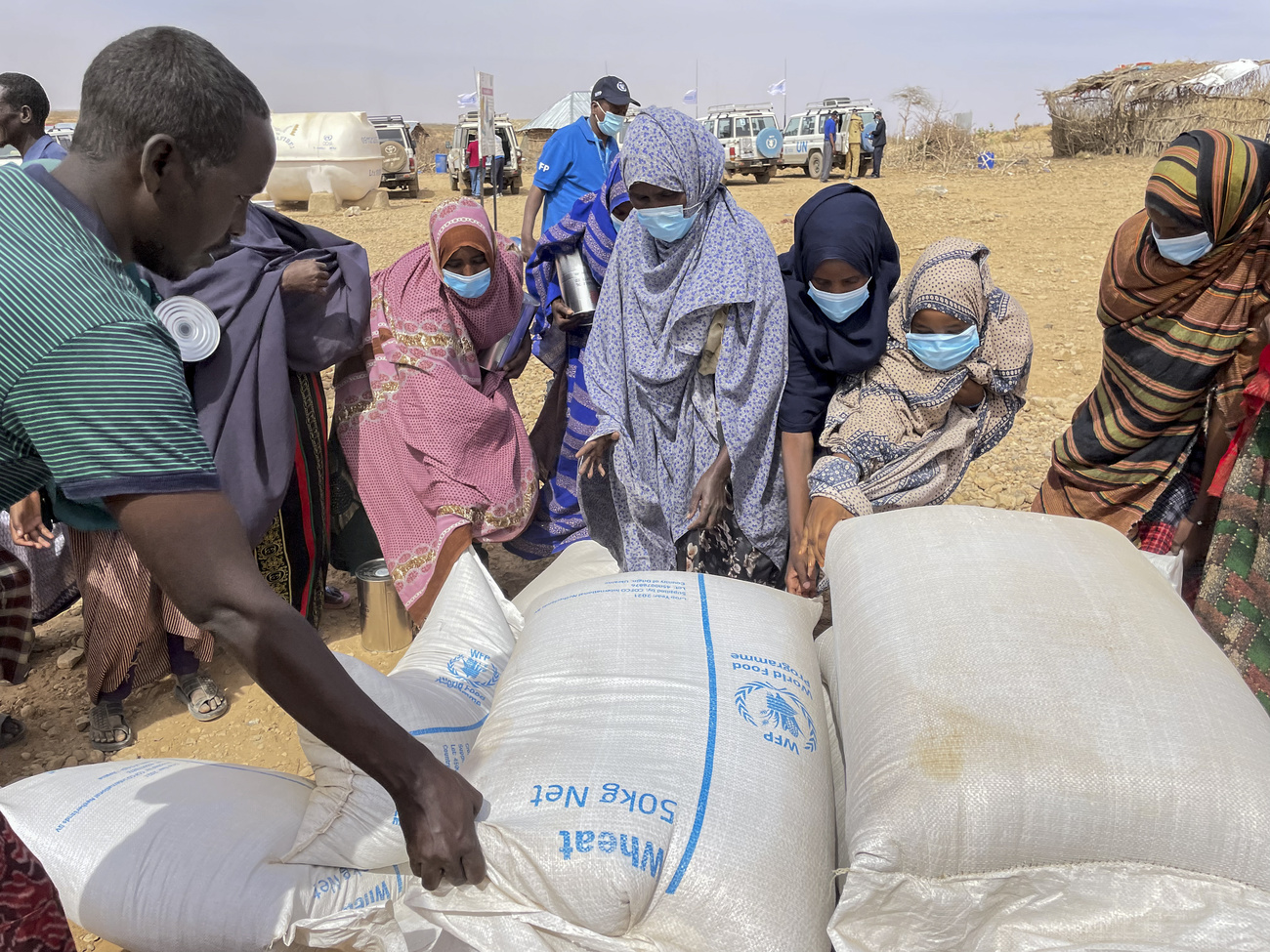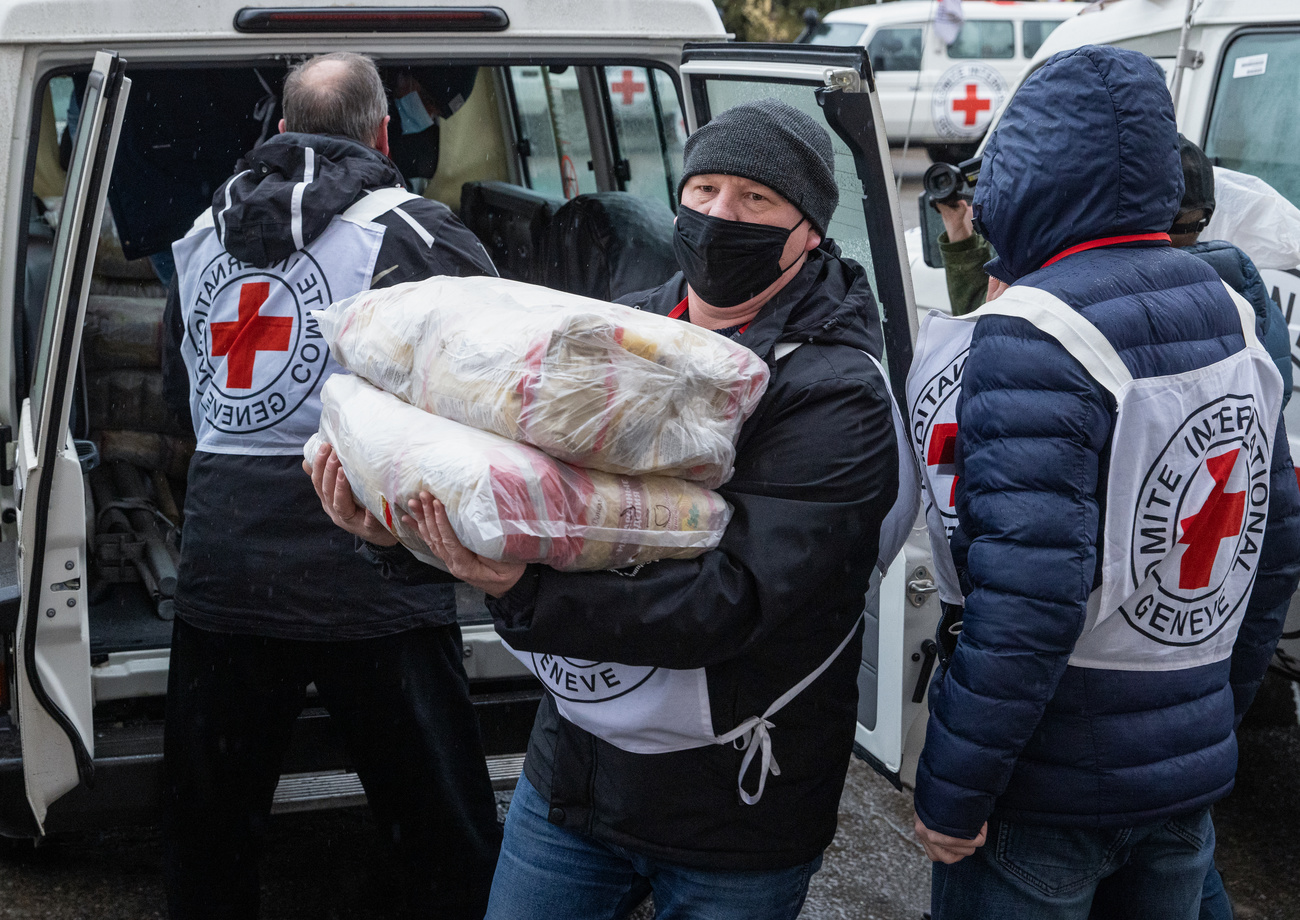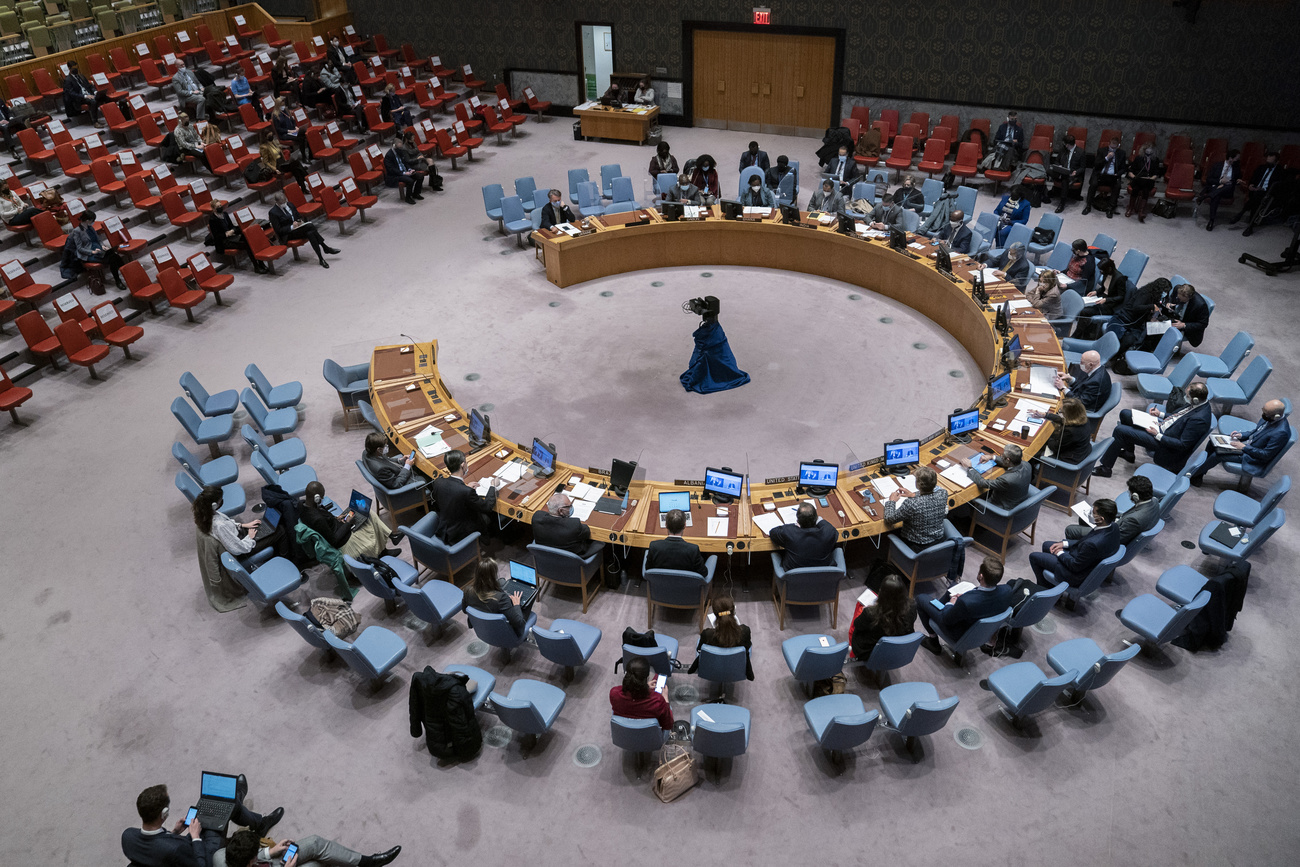How the war in Ukraine is fuelling the next global food crisis

The war has disrupted the global supply of food, fuel, and fertilisers. This has made a dire situation worse for millions of people across the African continent and for the aid agencies struggling to help them.
At the start of the year, the Horn of Africa was facing its third severe drought in a decade. The region had already suffered in recent years from a desert locust upsurge, the Covid-19 pandemic, high food prices, and protracted conflicts that made it particularly vulnerable to a new crisis.
The UN Food and Agriculture Organization (FAO) feared that if help to the region could not rapidly be scaled up, a humanitarian catastrophe would follow. It had planned to assist 1.93 million people over the next six months in rural communities to prevent the hunger situation across Ethiopia, Somalia, and Kenya from deteriorating.
“Since the beginning of the year, the situation has become worse,” says David Phiri, the FAO’s subregional coordinator for East Africa. The rainy season, which lasts from March to May, has so far brought below-average rainfalls to the region, which now faces its worst drought in 40 years.
The UN World Food Programme (WFP) is warning that the number of hungry people in the Horn of Africa could increase from 15 million to 20 million this year.
Meanwhile in West and Central Africa, more than 40 million people may not be able to meet their basic food needs.
“Different drivers have played together and led to a sharp deterioration of food security in the region,” says Ollo Sib, senior research, assessment, and monitoring officer for West and Central Africa at the WFP. “All this was before the war in Ukraine,” he adds.
Impact of the war in Ukraine
The war in Ukraine has disrupted global supply chains and has sent the prices of food, fuel, and fertilisers to record-high levels.
The FAO food price index, which tracks global prices for a basket of commodities, reached an all-time high in February, and then again in March. The monthly growth (February-March 12.6%) was the second-highest in history (the index was founded in 1990). In April, the index stabilised slightly below its peak.
The increase was driven by the prices of cereals and vegetable oils, which soared due to the impact of the war in Ukraine on supply chains. Russia and Ukraine are top exporters of cereals such as wheat, maize, and corn and vegetable oils like sunflower oil. Russia is also a top exporter of fertilisers.
“The disruption of the supply chain is a disaster for countries in West Africa,” says Sib. The region depends heavily on imports – and more specifically on food and fertilisers from Ukraine and Russia.
Price increases in wheat have already had an impact on people living in the region. “The price of bread in some countries has increased by 20%,” says Sib. “It’s an important signal, because bread remains the main food item for the most vulnerable people, especially those living in urban areas,” he says.
But high prices of fuel and fertilisers also threaten to further disrupt the food situation in the region in the future.
Most farmers in West and Central Africa rely on governments for subsidised fertilisers. Sib says many governments will not be able to pay the inflated prices. If farmers cannot afford the fertilisers and fuel they need this year, the food production will be affected next year too.
Setbacks for humanitarians
Aid agencies have also felt the impact of disrupted supply chains and rising prices.
The WFP used to buy more than half of its grain from Ukraine and Russia. The organisation now spends an additional $71 million (CHF71 million) a month to reach the same number of people it did before the war. That money could otherwise be used to provide daily food rations to four million people for a month.
The WFP supports communities in warn-torn countries. In Yemen, 13 million people out of a population of 31 million depend on the WFP for food.
According to Sib, the activities of the WFP in West and Central Africa have started to suffer too. The aid agency supports national school feeding programmes that run independently. But some governments, he says, are now turning to the WFP for extra help, because they can no longer afford certain food items.
The WFP also distributes cash for people in the region to buy food, but with soaring prices their purchasing power has now effectively diminished.
Food-protectionism
Phiri and Sib fear that in the face of rising prices, the international community reacts – as it did in the early days of the Covid-19 pandemic – by turning inwards. Countries might prioritise what is best for them in the short term while ignoring what is best for the world in the longer run.
“These two crises, the pandemic and Ukraine, have shown the tendency of many countries to go for protectionism,” says Sib.
Some countries, including Russia and Ukraine, have restricted or banned wheat exports to protect their domestic food supply. India, the world’s second-largest producer of wheat, stepped up its exports to fill the gap the war in Ukraine left. But there are now fears that unusually high temperatures in the country in March and April may affect its wheat production and prompt its authorities to introduce restrictions.
Indonesia, which produces more than half of the world’s palm oil, announced last month an export ban on what is the most traded vegetable oil in the world.
According to the International Food Policy Research Institute (IFPRI), 19 countries have imposed bans on food exports which, in terms of calories, represent 12% of the world food trade.
The entire UN system – from its secretary general to the heads of the World Bank, the International Monetary Fund (IMF), the WFP, and the World Trade Organization (WTO) – has called on governments across the world to lift export bans and restrictions and to keep food and energy markets open.
On May 6, 51 of the 164 member states of the WTO, including the United Kingdom, the United States, and the European Union, issued a statement in which they promised to do so. But important producers such as India, Indonesia, Brazil, and Argentina were not among them.
Enough funds in time
At the end of 2021, the UN had estimated that 274 million people worldwide would need humanitarian assistance in 2022. That number is now probably significantly higher.
“Global human suffering was already unprecedented before Ukraine exploded,” says Jan Egeland, secretary general of NGO the Norwegian Refugee Council (NRC).
Both the WFP and the FAO are currently re-evaluating their needs for the rest of the year. “The number of food insecure people keeps increasing as the situation deteriorates,” says Sib.
Phiri says: “Our initial response plan was really preventative. But we have reached a point now where we need to respond to a problem that is growing.”
Raising enough money and raising it quickly enough remains a struggle. Last month the UN co-organised a successful pledging event for the drought in the Horn of Africa. Donors almost matched the amount humanitarians had called for. But not all crises have enjoyed the same level of support. A similar appeal earlier this year for Yemen raised less than a third of the sum aid agencies had demanded.
“We must ensure that donor nations do not pull funding from aid budgets in other crises to fill the gaps for Ukraine, as this will have significant consequences for millions,” says Egeland.
Both Phiri and Sib point out that hunger breeds conflict – and that it is therefore important not only to respond to current humanitarian needs, but also to invest in development to build resilient systems.
“Without achieving political stability, it’s going to be difficult to achieve food security goals,” says Sib.
Extra reporting by Abdelhafidh Abdeleli. Data visualisation by Pauline Turuban.
Edited by Imogen Foulkes.

In compliance with the JTI standards
More: SWI swissinfo.ch certified by the Journalism Trust Initiative





You can find an overview of ongoing debates with our journalists here. Please join us!
If you want to start a conversation about a topic raised in this article or want to report factual errors, email us at english@swissinfo.ch.